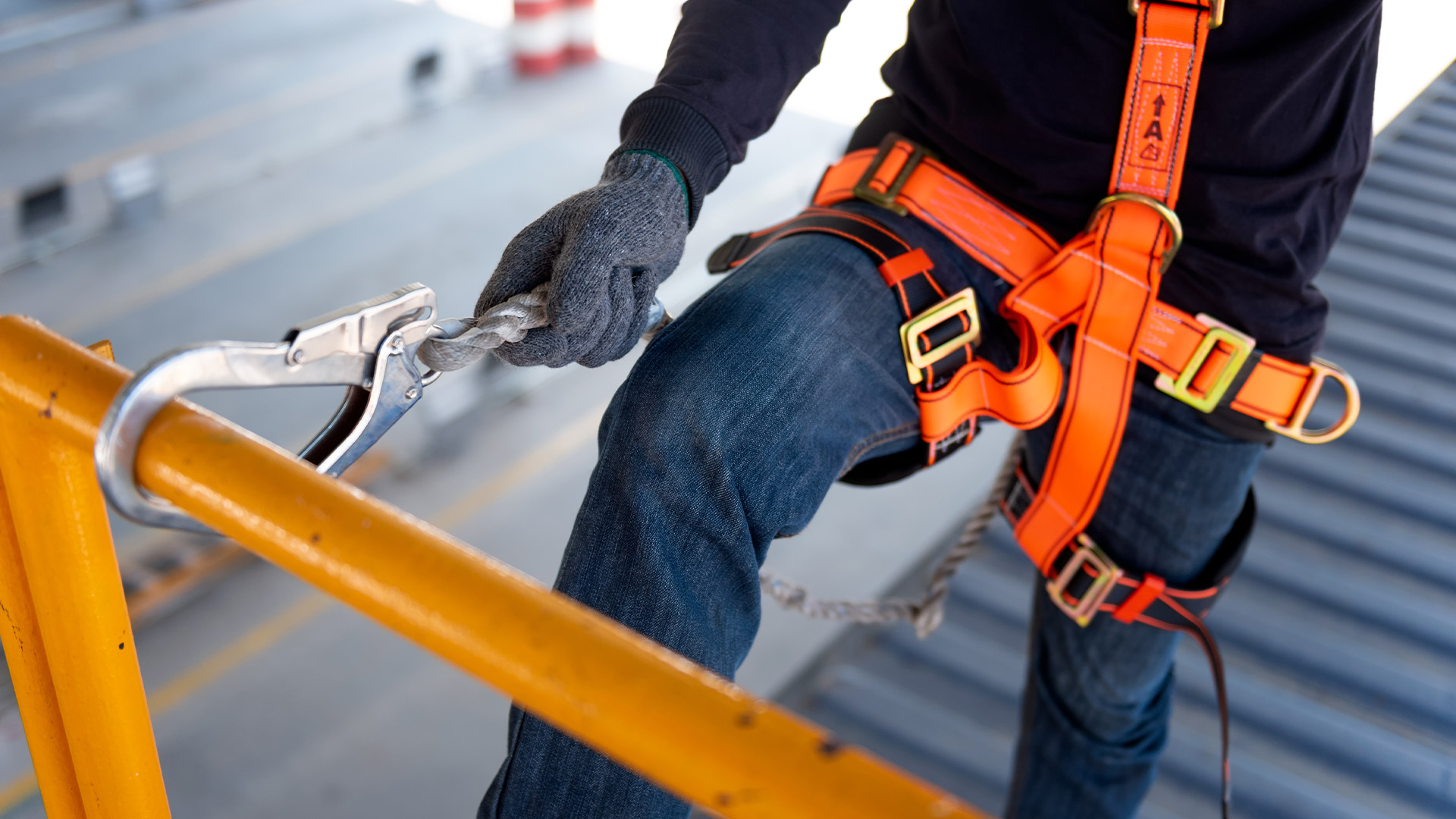
No matter the sector they’re operating in, worker well-being is a top priority to make sure that risks to their health and safety can be mitigated. For business managers within these job markets, it’s important to be aware of where the danger lies for your employees. Not only can it help reduce injuries to your workforce but also means less downtime and more productivity.
We’ve examined some of the industries that have some of the highest risks for their workers and compiled some tips for building an effective safety program that protects them to keep your business running smoothly.
Waste management
Whether it’s delivering or collecting bins or four-yard skips, waste management is a sector that many may overlook when it comes to what’s associated with job roles throughout the industry. This can be anything from handling materials that are hazardous to the body and internal organs, such as fumes that can affect the lungs.
Not only that, but a lot of heavy machinery is also used throughout the sector that can put workers at risk. Forklifts, compactors, and heavy trucks are commonly used and if operated incorrectly can have huge safety consequences.
Construction
It won’t surprise you to learn that working within the construction industry is incredibly hazardous for workers. In fact, in the 2022/23 business year, there were 45 fatal accidents recorded in the construction industry, more than any other sector in the UK and more than double the second highest. And it makes sense. Construction sites are filled with hazards from heights that can lead to falls, electrocution risks from loose or poor wiring, and shrapnel that could strike and injure workers.
Much like waste management, the equipment that is used on construction sites, if not handled with care or operated without the appropriate training can cause damage both to the workers and the site itself.
Healthcare
Healthcare professionals, while not working with dangerous machinery, are at risk of exposure to diseases that are highly infectious in their daily working lives. They can also be required to deal with difficult and dangerous patients, and accidents from the tools like needles that they have to use to administer medication.
The events of the COVID-19 pandemic also emphasised the difficulties and challenges that the healthcare industry and workers on the ground face constantly. Not only were doctors and nurses dealing with a highly contagious virus that at points had no known vaccine, but with limited personal protective equipment (PPE), it outlined just how tough and dangerous it is to work in the industry.
Transport and logistics
Within transport and logistics, the danger comes from several places, but one of the most notable is the fatigue that can come from long drives. This comes from truck drivers needing to meet strict deadlines and adhere to schedules that require multiple hours behind the wheel, no matter the season or weather conditions.
How to reduce risks and protect workers
There are many varying factors between these industries that lead elements to be dangerous for the respective workforces. However, there are many solutions that overlap and could be prioritised for improved safety.
First is thorough and appropriate maintenance for machines used. This is for anything from heavy goods vehicles driven by truck drivers in logistics to forklifts and cranes on construction, as well-maintained equipment offers greater protection from incidents.
This feeds into the second most important factor in protecting workers which is providing high-quality training and onboarding. This encompasses everything from how to correctly use the equipment available to how to properly use and apply PPE. Any existing training programs currently in place should also be kept up to date to be ready for any new developments that need to be communicated to your workforce. A YouGov survey even found that 64% of respondents stated they feel injuries they sustained at work could have been avoidable with proper training.
One final future-forward method of keeping workforces safe is with investing in and embracing new technologies. This is particularly important for industries like construction and waste management where introducing automation could reduce the risk of exposure to harmful chemicals and fumes that could cause instant and lasting damage to workers.



















